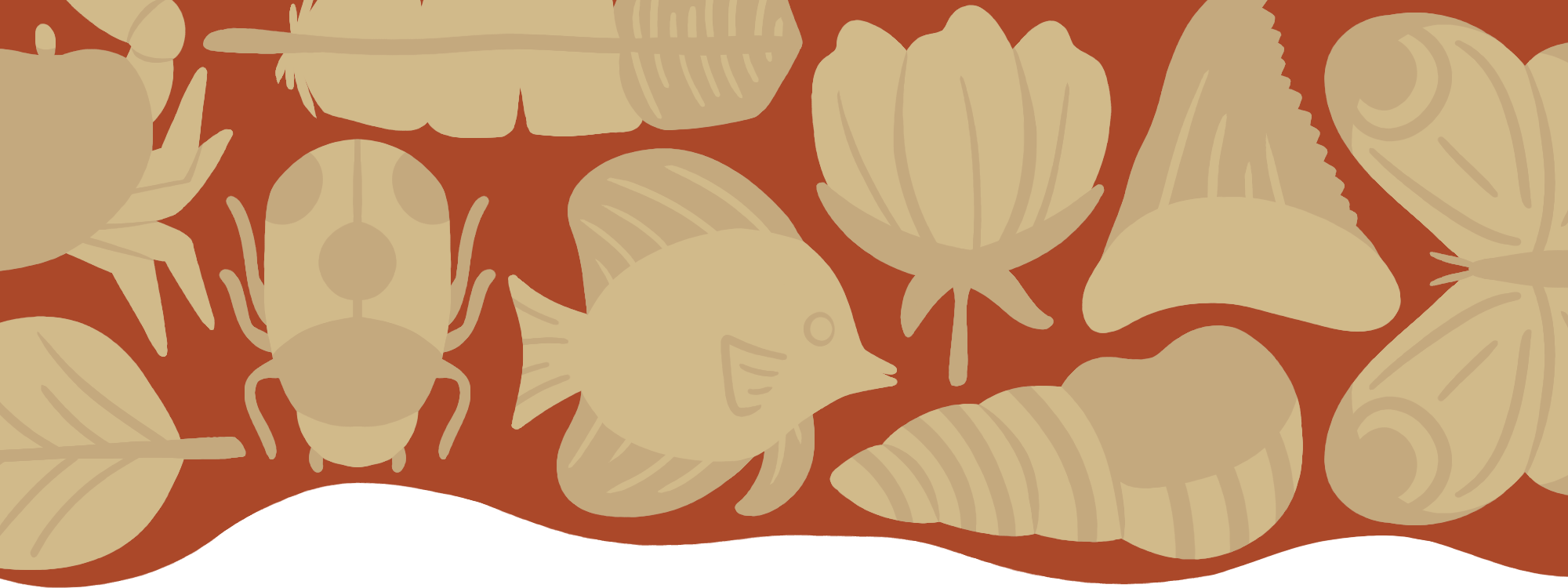Bundles
In this puzzle, we are given a list of image sets on the left, some of the images of which are duplicated, and a list of images of equivalent length on the right. As a first step, we identify each of the images, noting that the right side of images in particular is in alphabetical order:
Next, we try to determine what to do with these images. One observation one might notice is that both “reef” and “reeves” are on the right side, with an entry on the left side of the images indicating multiple “reefs”. In fact, we might consider “reeves” to be an irregular pluralization of “reef”. The title being “Bundles” also hints at grouping objects together. Hence, our next goal is to match up the image sets on the left and right, noting that any instance of duplicate images on the left is a sign of pluralization.
First, we identify each of the images here, in alphabetical order for each column:
| Left Image | Identification | Right Image | Identification |
|---|---|---|---|
 | ATT |  | ATTIRES |
 | BOOT | 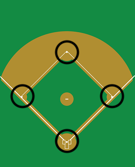 | BASES |
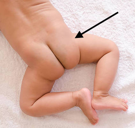 | BUM |  | BAYOU |
 | BUS | 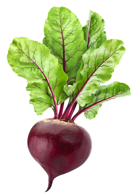 | BEET |
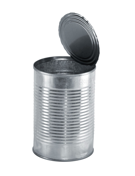 | CAN |  | BISHOP |
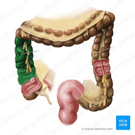 | COLON |  | CENSUS |
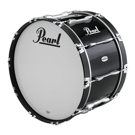 | DRUM | 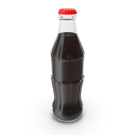 | COLA |
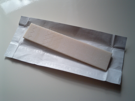 | GUM |  | DRAMA |
 | IRIS |  | GASES |
 | JUN |  | JUNTA |
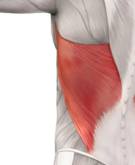 | LAT | 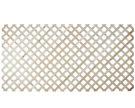 | LATTICE |
 | LIE |  | MALICE |
 | MAN |  | MANTA |
 | MUM |  | NOTICE |
 | NO |  | PEN |
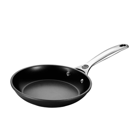 | PAN |  | PITY |
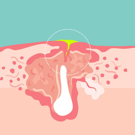 | PUS |  | REEF |
 | REEF |  | REEVES |
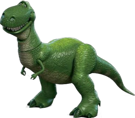 | REX |  | RICES |
 | ROOF | 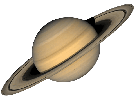 | SATURN |
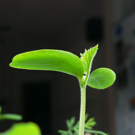 | SHOOT |  | SPREADSHEET |
 | SHOP |  | WEED |
 | SIS | ||
 | SPREAD | ||
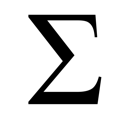 | SUM | ||
 | SUS | ||
 | TIE | ||
 | TON | ||
 | TURN | ||
 | TY | ||
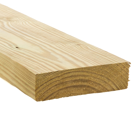 | WOOD | ||
 | YOU |
Next, we show the irregular pluralizations used in this puzzle:
| Word | Plural | Irregular Pluralization Rule |
|---|---|---|
| BOOT | BEET | e.g. TOOTH → TEETH |
| BUM | BA | e.g. MAXIMUM → MAXIMA |
| BUS | BI | e.g. CACTUS → CACTI |
| CAN | CEN | e.g. MAN → MEN |
| COLON | COLA | e.g. PHENOMENON → PHENOMENA |
| DRUM | DRA | e.g. MAXIMUM → MAXIMA |
| GUM | GA | e.g. MAXIMUM → MAXIMA |
| IRIS | IRES | e.g. CRISIS → CRISES |
| MUM | MA | e.g. MAXIMUM → MAXIMA |
| PAN | PEN | e.g. MAN → MEN |
| PUS | PI | e.g. CACTUS → CACTI |
| REEF | REEVES | e.g. LEAF → LEAVES |
| REX | RICES | e.g. INDEX → INDICES |
| ROOF | REEF | e.g. TOOTH → TEETH |
| SHOOT | SHEET | e.g. TOOTH → TEETH |
| SIS | SES | e.g. CRISIS → CRISES |
| SUM | SA | e.g. MAXIMUM → MAXIMA |
| TIE | TICE | e.g. DIE → DICE |
| TON | TA | e.g. PHENOMENON → PHENOMENA |
| WOOD | WEED | e.g. TOOTH → TEETH |
Combining this information, we pair items from the right column with the sets on the left column:
| Image Set Identification | Paired Image |
|---|---|
| WOOD x 4 | WEED |
| DRUM x 3, MUM x 2 | DRAMA |
| PAN x 3 | PEN |
| BUM x 3, SIS x 2 | BASES |
| REEF x 6 | REEVES |
| CAN x 4, SUS | CENSUS |
| SPREAD, SHOOT x 6 | SPREADSHEET |
| MUM x 3, LIE x 3 | MALICE |
| GUM x 2, SIS x 3 | GASES |
| BOOT x 4 | BEET |
| PUS x 3, TY | PITY |
| ROOF x 4 | REEF |
| SUM x 3, TURN | SATURN |
| JUN, TON x 2 | JUNTA |
| REX x 3 | RICES |
| LAT, TIE x 2 | LATTICE |
| BUM x 4, YOU | BAYOU |
| BUS x 2, SHOP | BISHOP |
| NO, TIE x 5 | NOTICE |
| ATT, IRIS x 6 | ATTIRES |
| COLON x 2 | COLA |
| MAN, TON x 2 | MANTA |
Finally, we extract. We note that the number of duplicated images can sometimes be variable (as an example, SIS is doubled in BASES, but is tripled in GASES). This suggests that the number of images in each individual set is used for extraction. Thus, we index this number into the corresponding word on the right column, with the result shown below:
| Outputs | Index (# of ingredients) | Letter |
| WEED | 4 | D |
| DRAMA | 5 | A |
| PEN | 3 | N |
| BASES | 5 | S |
| REEVES | 6 | S |
| CENSUS | 5 | U |
| SPREADSHEET | 7 | S |
| MALICE | 6 | E |
| GASES | 5 | S |
| BEET | 4 | T |
| PITY | 4 | Y |
| REEF | 4 | F |
| SATURN | 4 | U |
| JUNTA | 3 | N |
| RICES | 3 | C |
| LATTICE | 3 | T |
| BAYOU | 5 | U |
| BISHOP | 3 | S |
| NOTICE | 6 | E |
| ATTIRES | 7 | S |
| COLA | 2 | O |
| MANTA | 3 | N |
We can chop up this string into the phrase: DANS SUSES TY FUNCTUSES ON. Applying the irregular pluralization mechanic on each of these terms again (namely DEN instead of DANS, SI, instead of SUSES, FUNCTI instead of FUNCTUSES) we get our final answer DENSITY FUNCTION.
Authors' Notes
Mostly credits to Moor, who often joked about taking “bi” from place to place while traveling. Also credits to Vinjai for helping me get this puzzle unstuck from its original conception.
